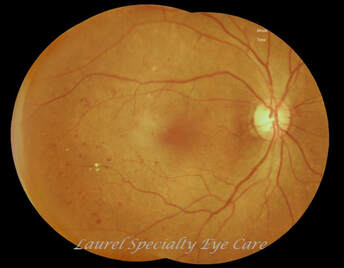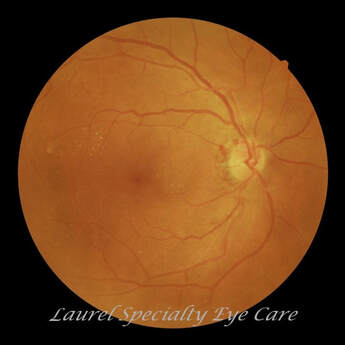Diabetes is a condition that the body can not use and store sugar properly. As a result, excessive amounts of sugar remain in the bloodstream and if uncontrolled, can cause damage to the tiny blood vessels all over the body, including those in your eyes.
More than 37 million Americans have diabetes (about 1 in 10), and approximately 90-95% of them have type 2 diabetes. Type 2 diabetes most often develops in people over age 45, but more and more children, teens, and young adults are also developing it.
Over time, high blood sugar may damage the blood vessels and lenses in your eyes. This can lead to serious diabetic eye problems. Some common diabetes eye problems include:
Diabetic retinopathy, which is the leading cause of blindness in American adults. It affects blood vessels in the retina (the light-sensitive layer of tissue in the back of your eye). The blood vessels may swell and leak fluid into your eye. If it’s not treated, it can cause serious problems such as vision loss and retinal detachment, where the retina is pulled away from its normal position at the back of your eye.

Non Proliferative Diabetic Retinopathy (NPDR)
This is relative early stage of diabetic retinopathy, bleeding on the back of the eye without new blood vessel grow.

Proliferative Diabetic Retinopathy ( PDR) with NVD

Diabetic Retinopathy with Panretinal Photocoagulation (PRP)
Panretinal photocoagulation (PRP) by laser treatment has been shown to reduce the risk of severe vision loss for eyes at risk by 50%.
Diabetic macular edema (DME), which happens when blood vessels in the retina leak fluid into the macula (a part of the retina needed for sharp, central vision). This usually develops in people who already have other signs of diabetic retinopathy.
Glaucoma and Cataract are also eye complications from diabetes. Uncontrolled blood sugar can cause early cataract and higher risk of glaucoma.